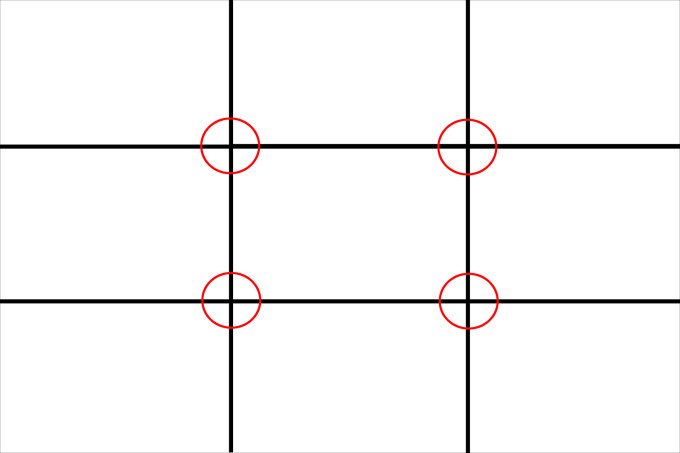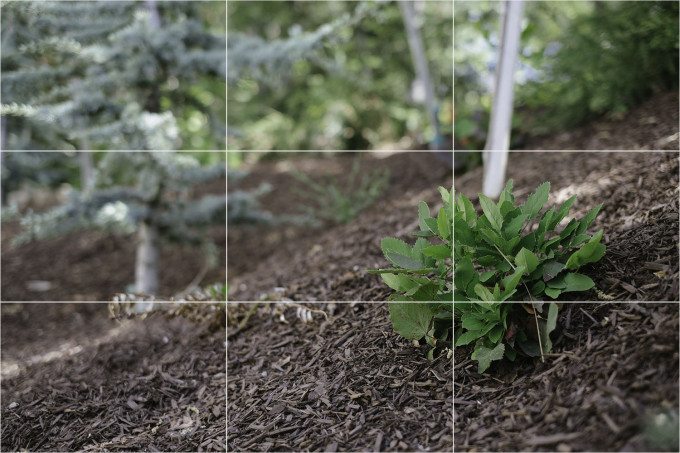Want more useful photography tips? Click here!
Technically speaking, the photo above could be awful according to the rule of thirds. When you first start out in photography, you probably center your subject. It’s inevitable. And it’s also just aesthetically the most pleasing until we start to learn more. In truth, ignorance is bliss. But you’ve probably never realized something really fascinating about the rule of thirds. However, I think that all the great photographers who came before us and shot film surely did. You’d probably even know this if you worked with early digital. The truth is that most photographers end up using the focusing points closer to the center anyway. Why? According to the rule of thirds, your subjects should more or less be just off-center. In the most basic sense, that’s the lazy way around the rule.
If you like this post, consider picking up a book on the Rule of Thirds in photography. It’s bound to help you out even more.
The Rule of Thirds
Fact: if artificial intelligence told you that your image was bad because you centered your subject, you’d probably wonder why. It would instead tell you to put your subject in the rule of thirds. But an AI has no concept of emotion or moment. However, lots of AI and useful photography tips tell you to compose based on the rule of thirds. So let’s look at it.
This graph right above shows you the rule of thirds. According to this, you’re supposed to compose along those lines and the intersections. Those are just general rules to how to compose your scenes. This can be done in-camera or by cropping later on. But think of it like tic-tac-toe. When you’re playing, you always want the center spot. It gives you the most advantage. And like tic-tac-toe, the rule of thirds is telling you to go for the center. But you’re also going just off of it. Alternatively, you could look at the center as an extensive area of the frame.
Could you think of this as a bullseye instead? Not really. A bullseye is the dead center of a target. The rule instead wants you to go for precision instead of accuracy. What do I mean by that? It wants you to repeatedly get your subject in the areas around those intersections. It doesn’t need to be in the exact spot each and every time. That’s the difference between precision and accuracy.
Composing
The rule of thirds doesn’t take a bunch of other things into consideration, though. For starters, we mentioned the moment and emotion above. But there’s also composing by the depth of field. And color. You can use them all together to create a more effective photo.
But essentially, when you think about it, consider rethinking the rule. Don’t call it that. Rename as “just off-center.” If you’re using continuous autofocus, tracking, and center point focus, you can basically focus and recompose the camera. The camera will track the subject as you move it around. Of course, that’s providing that your subject is staying still. Still not understanding?
Try This
- Set your camera to the center autofocus point
- Turn on focus tracking
- Turn on continuous autofocus
- Turn on the rule of thirds overlay grid
- Center your subject in the frame
- Focus on a subject and keep the focus locked
- Slightly move your camera until your subject is in one of the intersection points of the frame.
- Adjust to taste
That’s all you need to do. It’s the positively most lazy way around the rule of thirds. But in the most rudimentary sense, it’s also the most effective.




